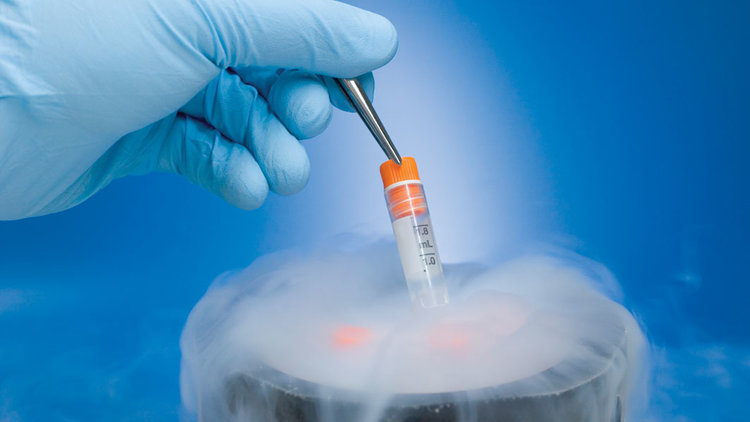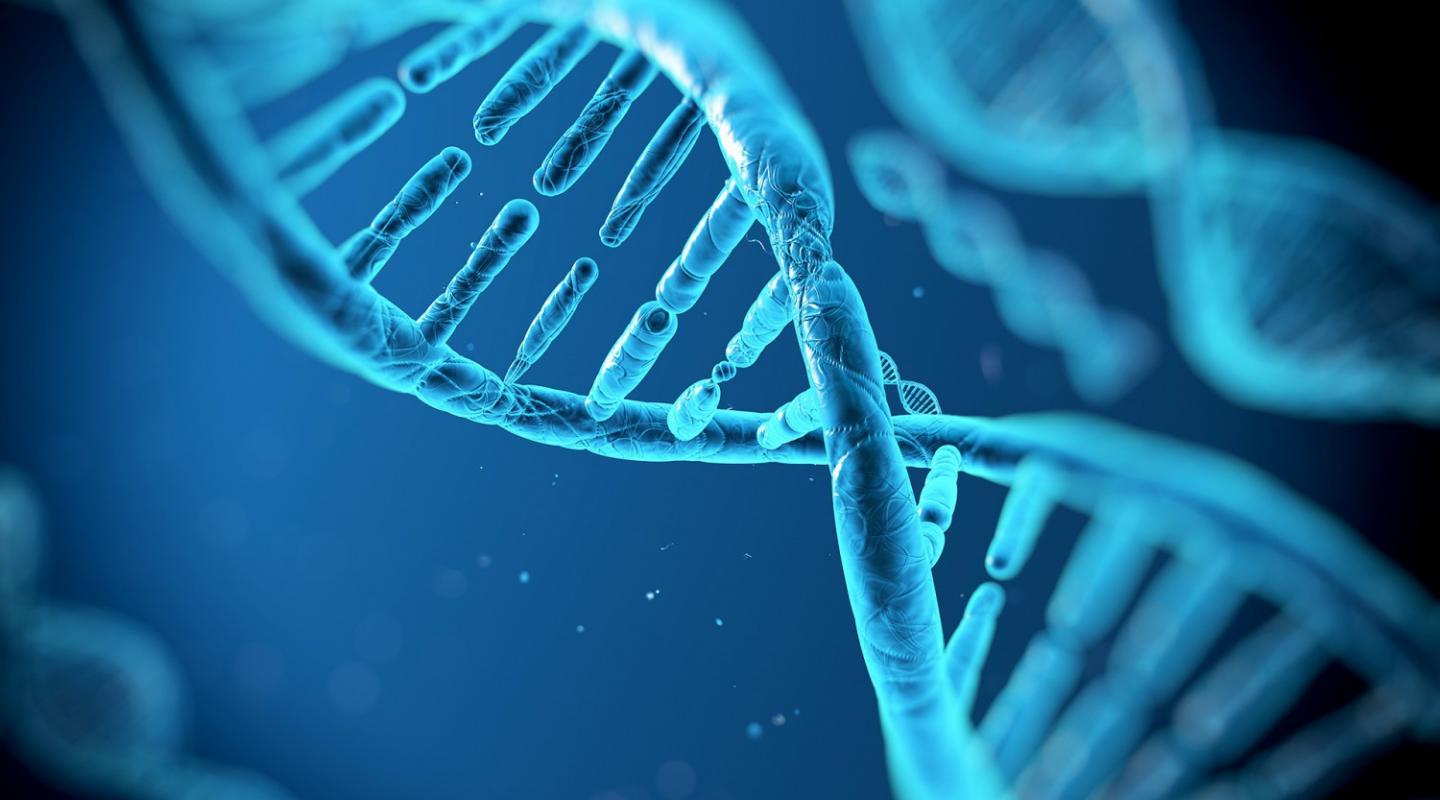How Are Human Tissue Samples Obtained?
There are a few different ways that human tissue samples can be obtained. One way is through a biopsy, which is when a small piece of tissue is removed from the body for analysis. This can be done through a needle biopsy, in which a needle is used to remove a small sample of tissue, or through an open biopsy, in which a small incision is made in the skin to remove a sample of tissue.
Another way to obtain human biological samples is through autopsy. This is when a detailed examination of the body is performed after death in order to determine the cause of death. During an autopsy, various tissues and organs are removed from the body and examined.

Lastly, human tissue samples can also be obtained from cadavers. This is when a body is donated to science for research purposes. Cadavers are often used for medical training and for studying the effects of diseases on the human body.
There are many reasons why you might want to get your hands on human tissue samples. Maybe you're a researcher who needs them for a study, or maybe you're just curious about what they can tell us about the human body. Whatever your reason, it's important to know where to get these samples and how to handle them properly. We hope this article has helped give you some insight into the world of human tissue samples and how to obtain them safely.
